Come up with ideas of topics
subject: love
Powerplay Social
Group 8: Leon, Vincent, Iris and
Mari-Lynn
notes mari-lynn
Leon's Notes:
images about your perception of love:
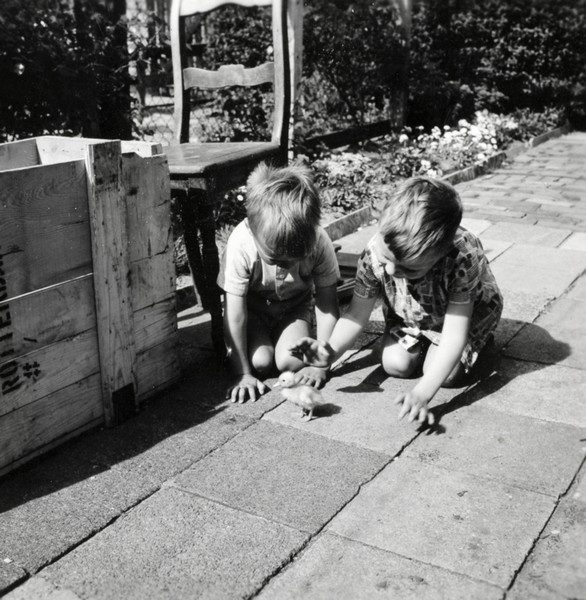
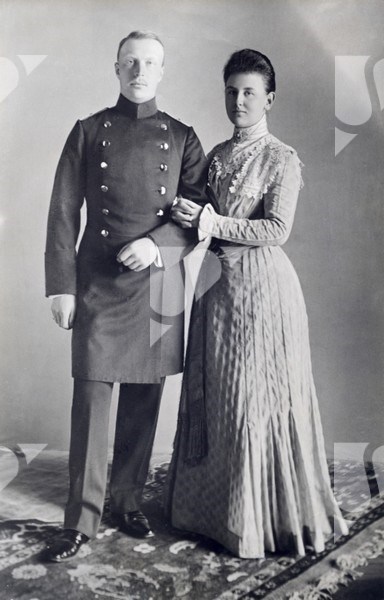


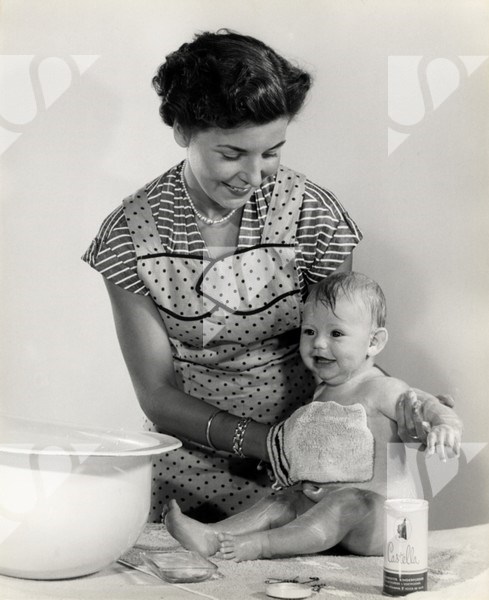
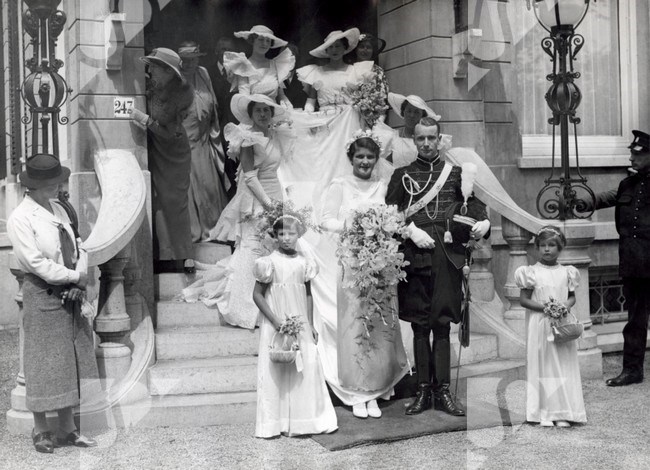
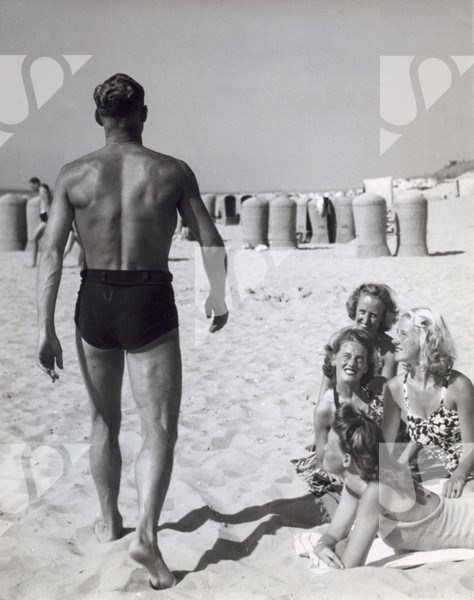
• Cartography or mapping, is a method to categorize and also generates knowledge.
• Understand physical and emotional experiences also as a form of knowledge.
• Documenting but also creating and speculating relations between things relation to practices of power
• Maps is a cultural practice.
• Maps are about ways of inhabiting the world that go way back in history
• Subjects varies depending on the time it was created.
• Hunting scenes fertility dances, religious scene, tools.
• Illustrating bodies human and non-humans
• Drawing in the world in a circular shape is an old representation
• Viewpoint of the creator
• doesn’t need to be accurate or real ( Eden garden, map of the imaginary, ale )
• legends on the map
• you might need to rotate the map to read it.
• To draw a map is a process.
• Sea represents a flow, journey
• map is made to reflect contemporary views. An exemplary tool in the articulation of new attitudes and exposes controversial states of social norm.
• view point is personal

self love
We are bombarded bby narratives about beauty in the media
the things we idealize are physical impossibilities, so the time-and-money-consuming persuit of them never ends and that is all on purpose. --> capitalism + economy + body image
god = love --> love, don't judge
does beauty have a form?
today, love is less formal
Love
love . /lʌv/
noun
1.an intense feeling of deep affection.
2.a great interest and pleasure in something.
verb
1.feel deep affection for (someone).
2.like or enjoy very much.
the way the treat each oter --> strongly affected by culture and today's 'norm'
personal mindmaps
The theory of a biological basis of love
Specific chemical substances
producing human experiences and behaviors that are associated with love.
Cultural views on love
The general idea of love is that most of humans, especially in the western world, have been exposed to is that romantic love is the main love and if not the only love that exists. This creates a major misconception as to how we should treat each other and our selves. The romantic love that is very popular in western ideology came from literature and is seen very often in movies and music. But love is more than just romance and its important to learn what else love means because only then can we understand ourselves emotionally better and the connections we develop throughout our lives.
According to an article by Psychology today society mostly seems to believe there only exists romantic love but in reality there are 7 different types of love according to the Ancient Greeks. It is also important to note the concept of romantic love is a social construct that came in conjunction with the novel.
Eros - sexual passionate love (aka romantic love)
Philia - friendship (love for friends)
Storge - familial love (love between parents and children)
Agape - universal love (love for strangers, nature or God)
Ludus - playful uncommitted love (involves activities such as teasing, dancing, flirting and seducing)
Pragma - a practical love founded on reason or duty and one's long term interests
(most likely was very common in arranged marriages) (however also a complex form of love because it could have come out an eros or ludus love)
Philautia - self love (this can be healthy or unhealthy)
Source:
https://www.psychologytoday.com/us/blog/hide-and-seek/201606/these-are-the-7-types-love
Research:
17 types of relationships.
1. monogamous:
You are in a relationship with one person. The basis of this relationship is a bond between two people with the aim of sharing life with each other forever. Often it is a combination of a love and sex relationship.
2. casual:
In the beginning of the casual relationship, however, there is not really a monogamous relationship but more of a discovery phase that is also called a casual relationship. It's a common process these days if you want to find a monogamous partner. You are still bound to the person, but that is the goal, if it clicks. Some people abuse the situation to have sex without obligations.
3. platonic:
this indicates that there is a friendly relationship that does not involve sex. It is a close friendship between a man and a woman that does not manifest itself in a sexual relationship.
4. LAT:
'living apart together'; this means a relationship where you have a relationship but still live separately from each other. Outwardly you are a couple but you do not live together in the usual way in a house. In practice, this is often a choice that both support and is more common among older people who want to keep their own life.
5. exclusive:
The exclusive relationship is comparable to a monogamous relationship; you are in a steady relationship with someone you eventually marry and share life with. Both partners are romantically and sexually loyal to each other. In an exclusive relationship you are bound to a maximum of one person.
6. sex:
This one is only about having sex and not anything else. It is similar to the no strings attached relationship where there is no dating or meeting on a friendly basis in addition to sex. Moreover, there is no emotional relationship, although that can always change later.
7. marriage:
Marriage is a relationship between two persons based on true love. This is the most common form of a love relationship that is sealed with marriage. Marriage again consists of various forms in which distinction is made on the basis of religion or culture.
8. marriage of convenience:
Marriage of convenience is a relationship that is not based on love. In most cases, it is an organised marriage by the parents of both parties. It can also be a relationship based on a benefit to both. These benefits and not love are the basis of marriage.
9. registered partnership:
Registered partnership is very similar to marriage and often takes place between two persons who wish to legally commit to each other. The basis of this relationship is love, just like in marriage. The Dutch marry less and more often opt for registered partnership.
10. triangle relationship:
This involves three people, often two people who are in love with the same person. It can also be a relationship in which the three persons have a relationship with each other.
11. no strings attached:
The term no strings attached indicates that there are no expectations and obligations in this relationship. It is used as a name for a sex relationship, not a relationship in which there is love. While you often meet someone for sex, there is no other form of a relationship; the no strings attached relationship.
12. friends with benefits:
often used today as a name for a friendship with sex. It is a friendly relationship that doesn't involve feelings but sex. The two people in the relationship can agree to do fun things, have sex but there is no feeling or romance.
13. Extramarital relationship:
An extramarital relationship is an affair with someone other than the partner, often without knowledge. It is a love and sexual relationship with someone other than the married partner. This relationship takes place outside of the real world, whatever it is named after.
14. long distance relationship:
You cannot touch and feel each other for long periods of time while the only contact you have is by email, phone or skype. In this situation you can easily become estranged from each other, but that is not necessary if you do it right. The long distance relationship works best when there is a future perspective; something to look forward to.
15. open relationship:
one of the two partners or both may enter into a relationship with someone else. This can be a romantic relationship or a sex relationship, or both. In most cases, however, it involves a sex relationship that falls within limits, and does not involve a serious relationship with anyone other than the partner.
16. Polyamory:
The Greek translation is "many loves". In this relationship form, the partners are allowed to have emotional and romantic relationships with others. However, there are differences in how this relationship actually works. For example, it is possible that both partners can have emotional relationships with others but not a sexual relationship. Sometimes this is allowed in complete freedom, sometimes these persons have to be presented first. Polyamory is not so much about sex with others but more about the emotional bond.
17. Polygamous relationship:
Polygamy stands for a relationship where one person is married to several people. If it is a man who is married to several women then it is called polygyny. When it is a woman who is married to several men it is called polyandry. The difference with polyamory is that with polygamy there is a marriage which is not the case with polyamory. A special form of polygamy is bigamy. This represents a person who is married to two partners. In the Netherlands this is possible but punishable and prohibited by law.
links to the websites:
https://www.gratisdatingtips.nl/relatievormen/
https://www.happinez.nl/groei/dit-zijn-de-vijf-verschillende-vormen-van-liefde/
5 different types of love:
1. Looking for perfection:
A romantic, monogamous relationship between two partners is still seen as an ideal. Something to strive for at all times. And so we spend a lot of our time looking for such a soul mate, through Tinder, dating sites or old-fashioned in the pub. When we finally find our life partner, we are not done yet. After all, our relationship must meet an endless list of requirements. Because no matter how free we think and how realistic we are, we all have an idea of what romantic love should look like: perfect.
2. Fairytale world:
We grew up with Disney fairytales from Sleeping Beauty and Snow White. Later the adult fairytales were added: "Pride & prejudice", "Titanic" and "The notebook". We secretly all strive for the love from those films. Of course we quickly encounter the facts, because that love does not exist at all. Or at least not forever. And so love continues to disappoint us and we are left disillusioned and dissatisfied.
3. Selfless love:
Perhaps it would help if our society paid more attention to that other form of love: pure, unselfish love. That form of love has no higher purpose than itself. Romantic love is influenced by our own ego and the expectations and desires that we project on our partner. But pure love is straightforward. No consideration is required and certain conditions do not have to be met.
4. An eye for the other:
It's like the love a mother feels for her child. A love that mainly consists of having an eye for the well-being of the other, even if that means that you have to do something that goes against your own wishes or well-being. Relationship therapist Marcelino Lopez describes in his new book "Love hassle" the biggest obstacle to this form of love: being busy with yourself. He writes, "The pursuit of personal success, pleasure, or a future ideal (however lofty) stands in the way of that love."
5.Always and everywhere:
Why do we so often only talk about romantic love, when that pure love is ultimately much more beautiful to strive for. It's not just the love a mother feels for her child. But also the love you can feel for a pet. Or the feeling that you are overwhelmed when you stand on top of a mountain top and the mighty nature stretches out before you. It is a form of love that you can feel for everything and everyone anytime, anywhere. For your friends, partner, and family, but also for animals, works of art, places and complete strangers.
It is a love that just exists, without anything special having to happen for it and without having to be earned. There is something to be said for both forms of love, but perhaps it would be good if we now and then look less hard for that romantic love and have a little more eye for that pure love. It is already there.
what is love?
When we think of love, it’s easy to think about good feelings.
But real love is not dependent on feelings. It is about so much more than how I feel about someone.
Love gives, and not only to those who are good to us. It loves its enemies; it loves first. And it doesn’t disappear if that love is never reciprocated. It endures all things.
unending love
“If you judge people, you have no time to love them.”
― Mother Teresa
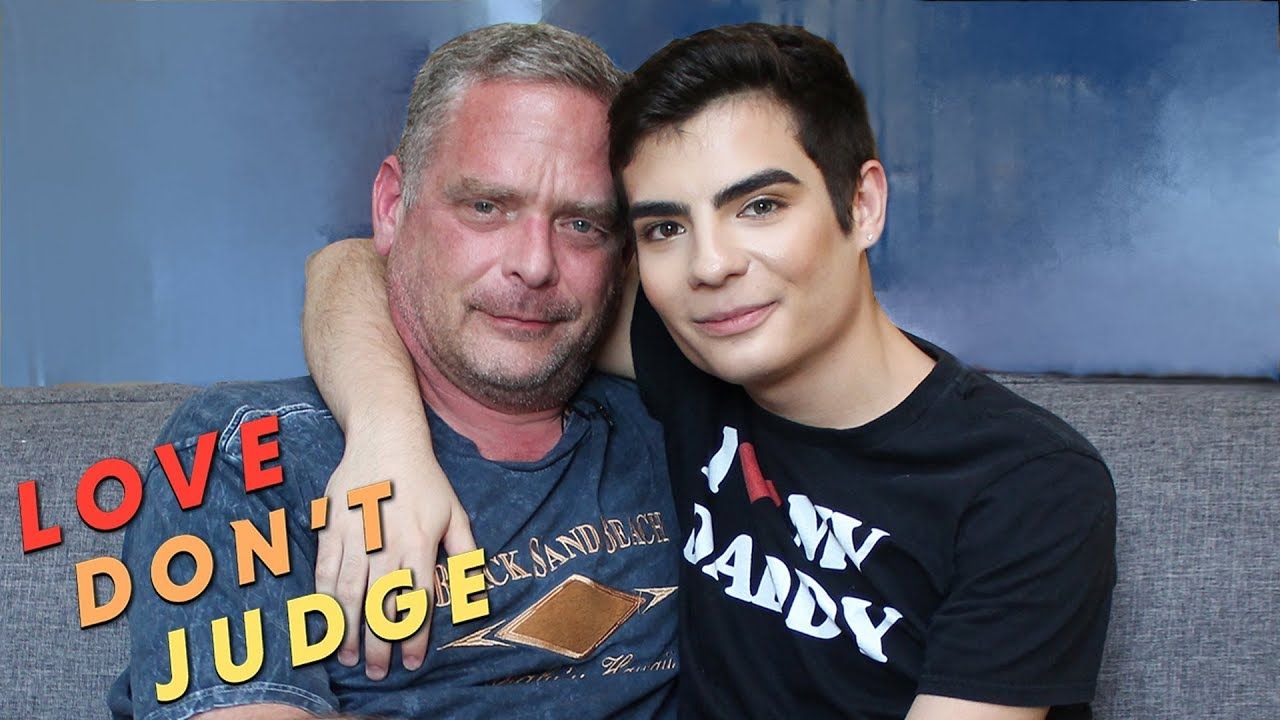


DECODING OBJECTOPHILIA: 5 REASONS WHY PEOPLE FALL IN LOVE WITH OBJECTS
Objectophilia or object sexuality refers to individuals, who tend to develop strong romantic attachments or bonds with objects or structures.
1. Social isolation
People who are extremely shy and lonely, have difficulty in establishing normal relationships.
2. One-sided relationship
Some people prefer one-sided relationship because they aren’t great at receiving feedback. They also have extremely fragile egos. So, they don’t like it if their partner talks back or disagrees with them.
3. Not a pleasant childhood
In few cases, people don’t have a pleasant childhood while growing up. They feel that relationship with objects, is easier as an object is unable to hurt their feelings, which might get hurt in an actual relationship.
4. It’s all in the structure
At times, people have a very specific or let’s just say weird preference for physical attributes of a structure.
5. Animism
According to experts, animism is one the strangest reasons why one can suffer from objectophilia. Animism is the religious belief that objects and structures possess a distinct spiritual presence. Potentially, animism perceives all things —animals, plants, rocks, rivers, weather systems, human handiwork as animated and alive.
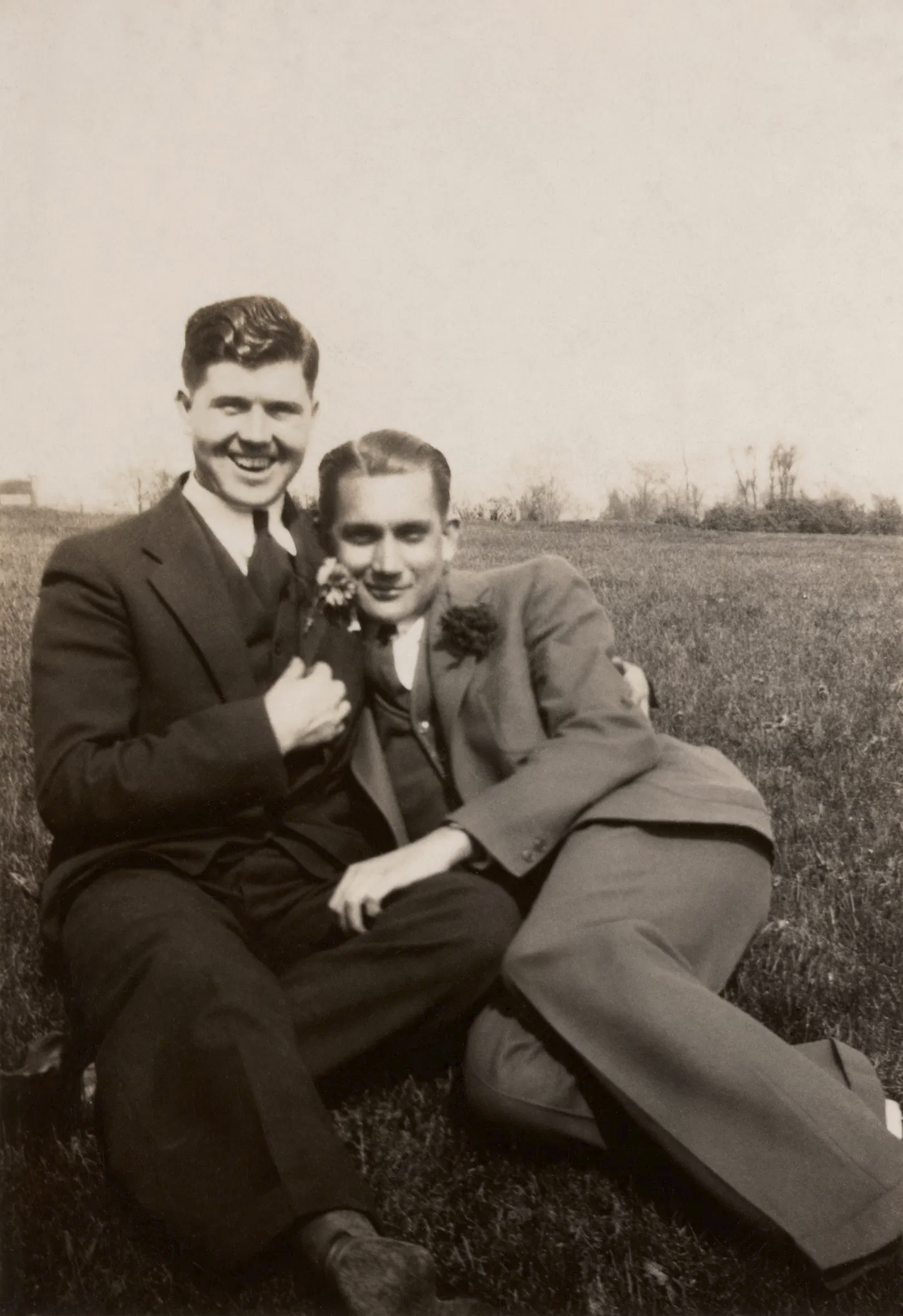
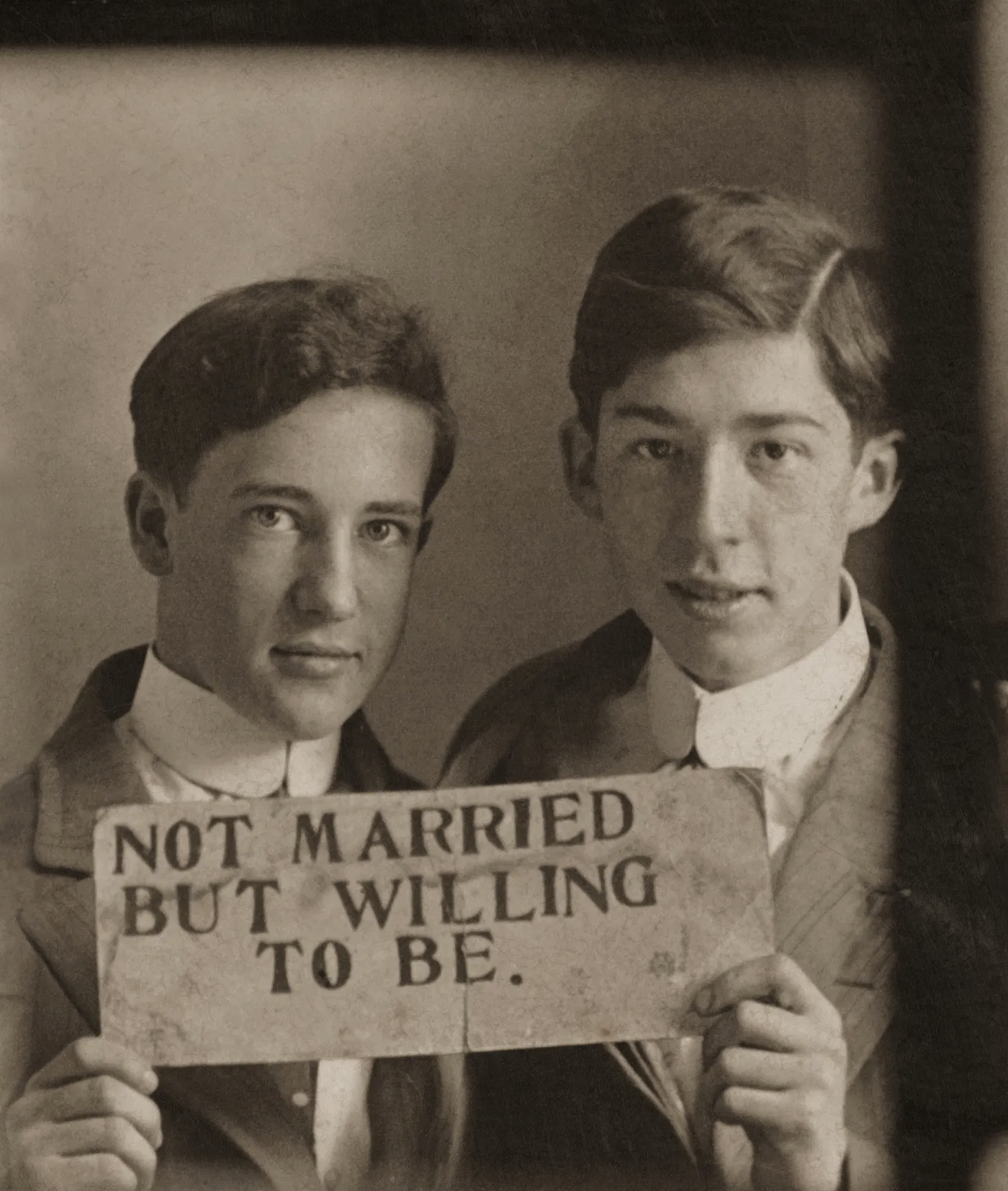

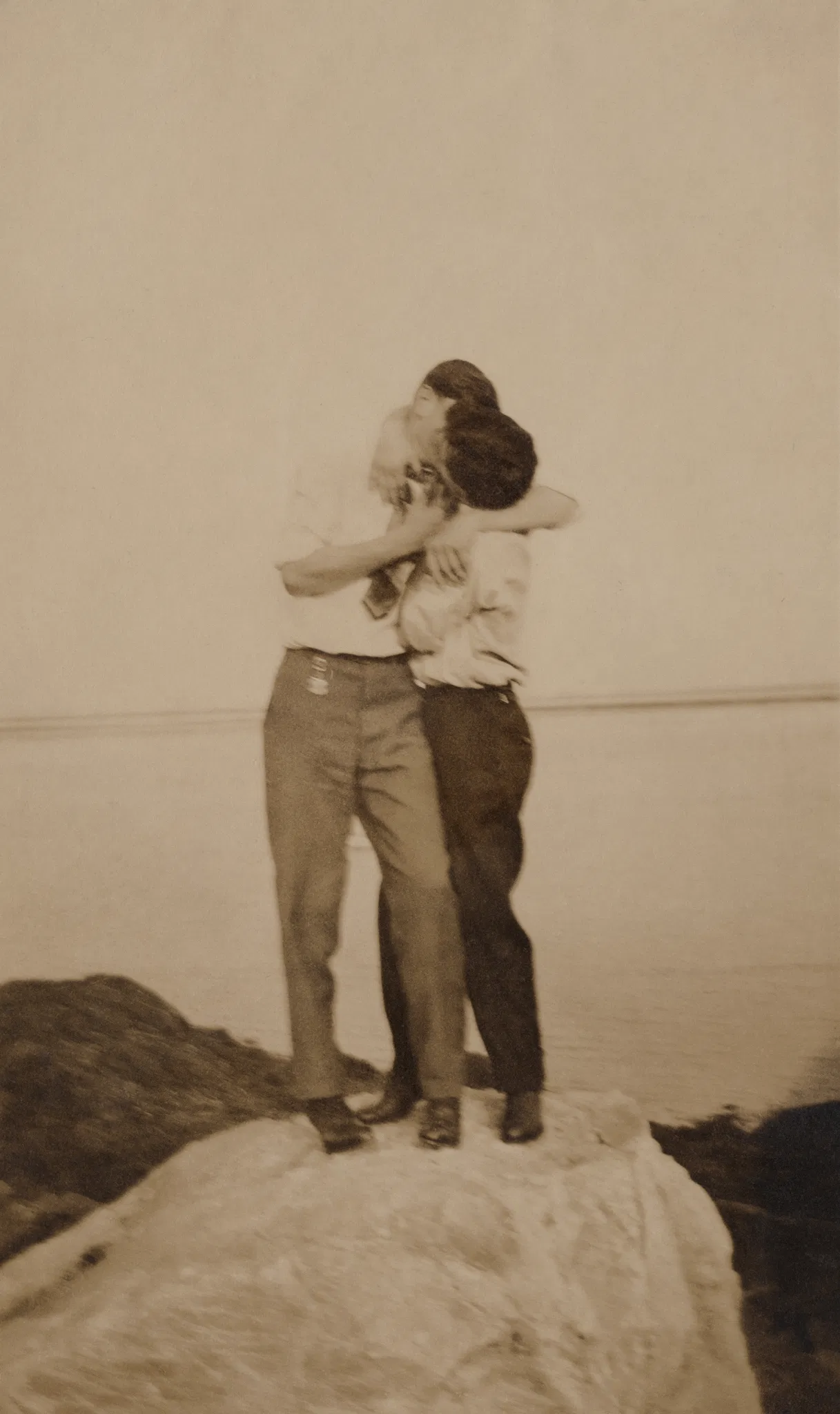
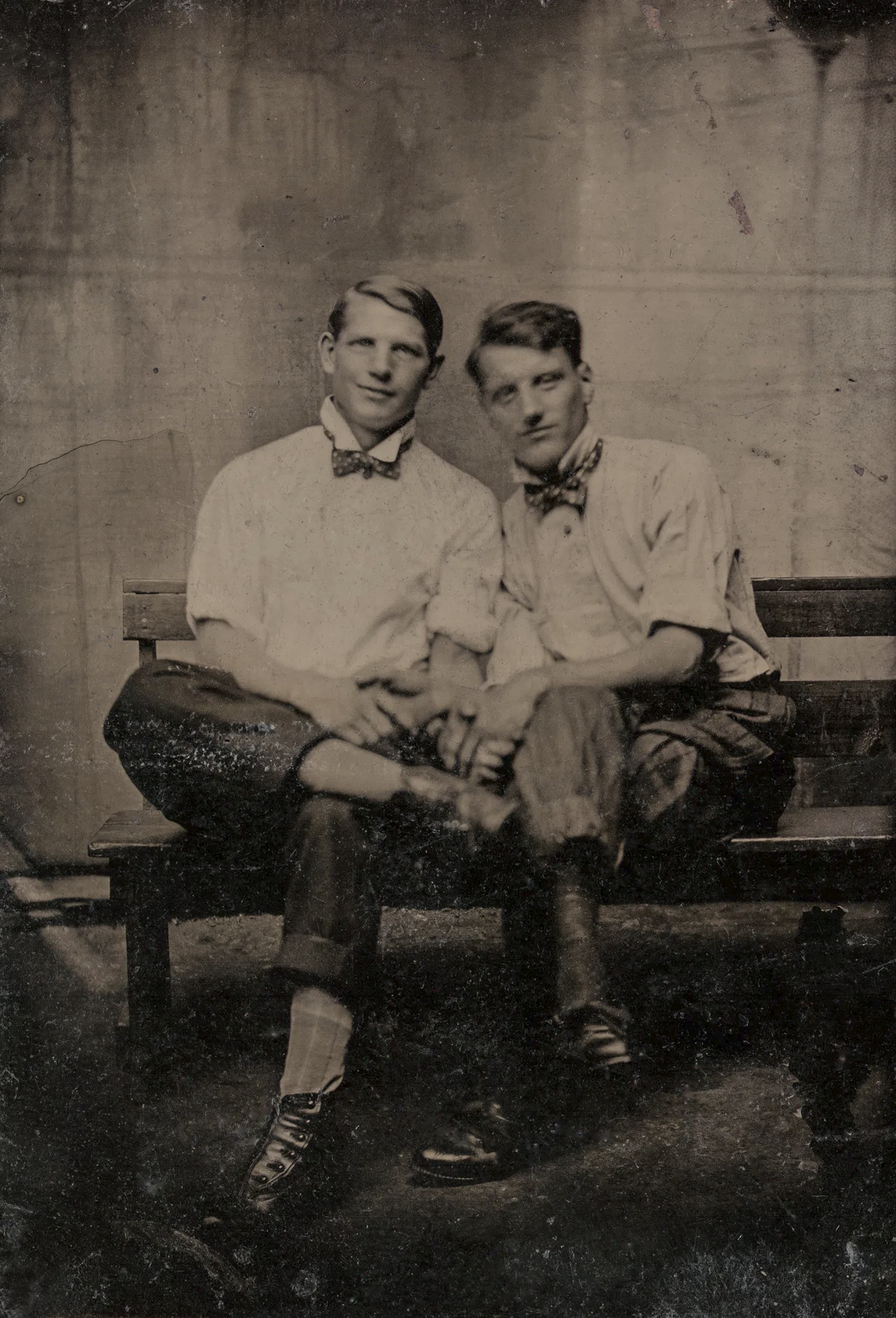
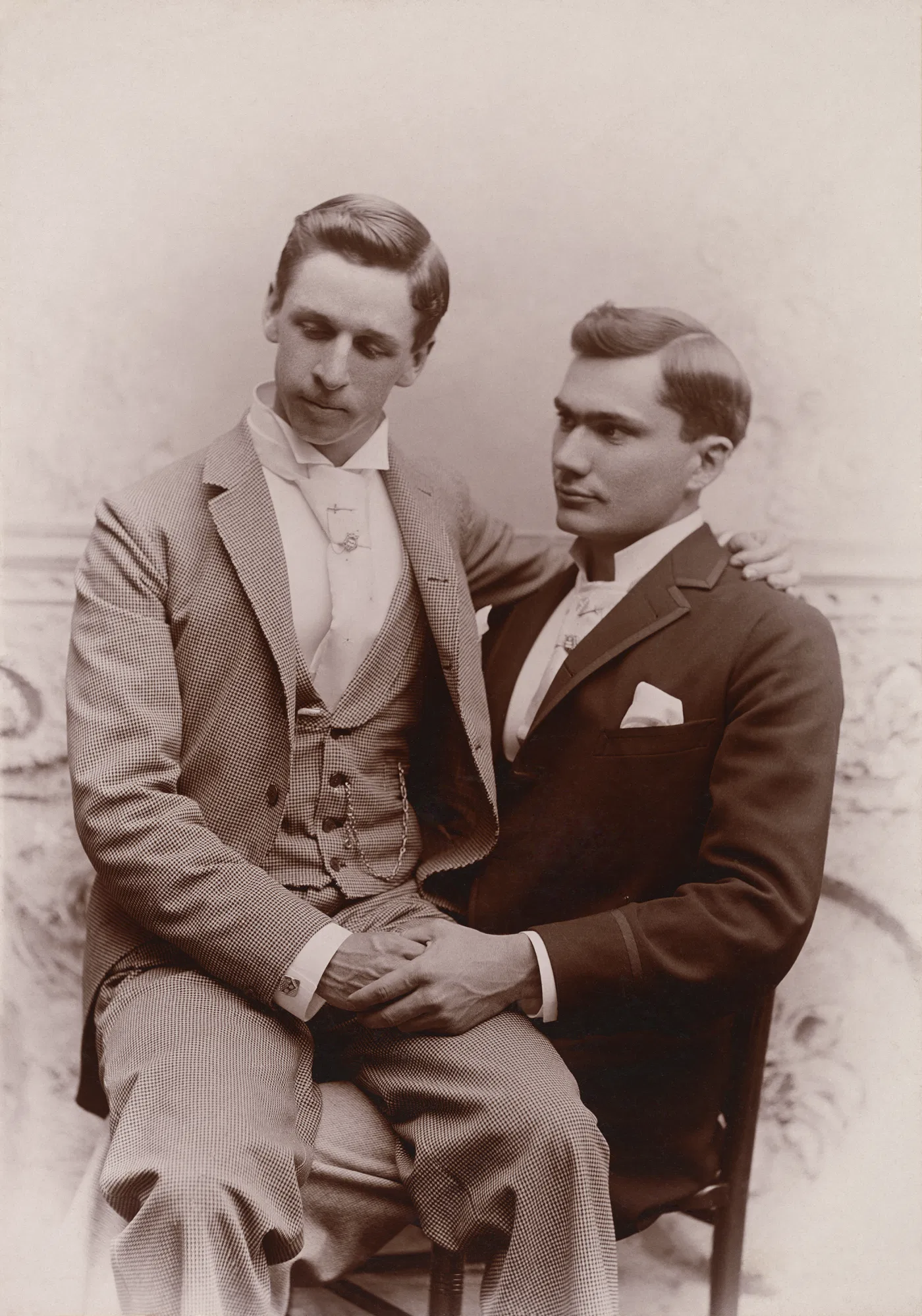

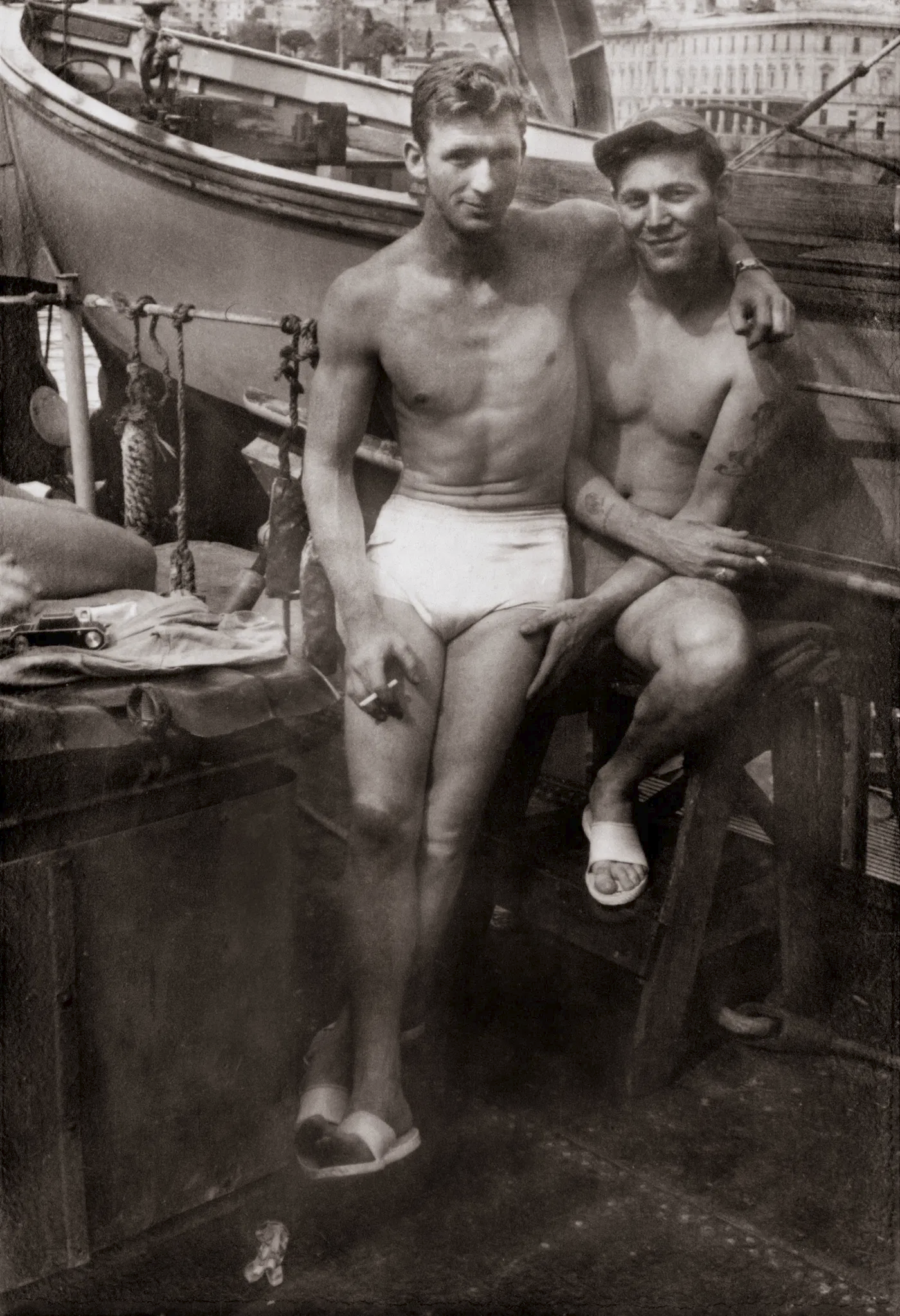
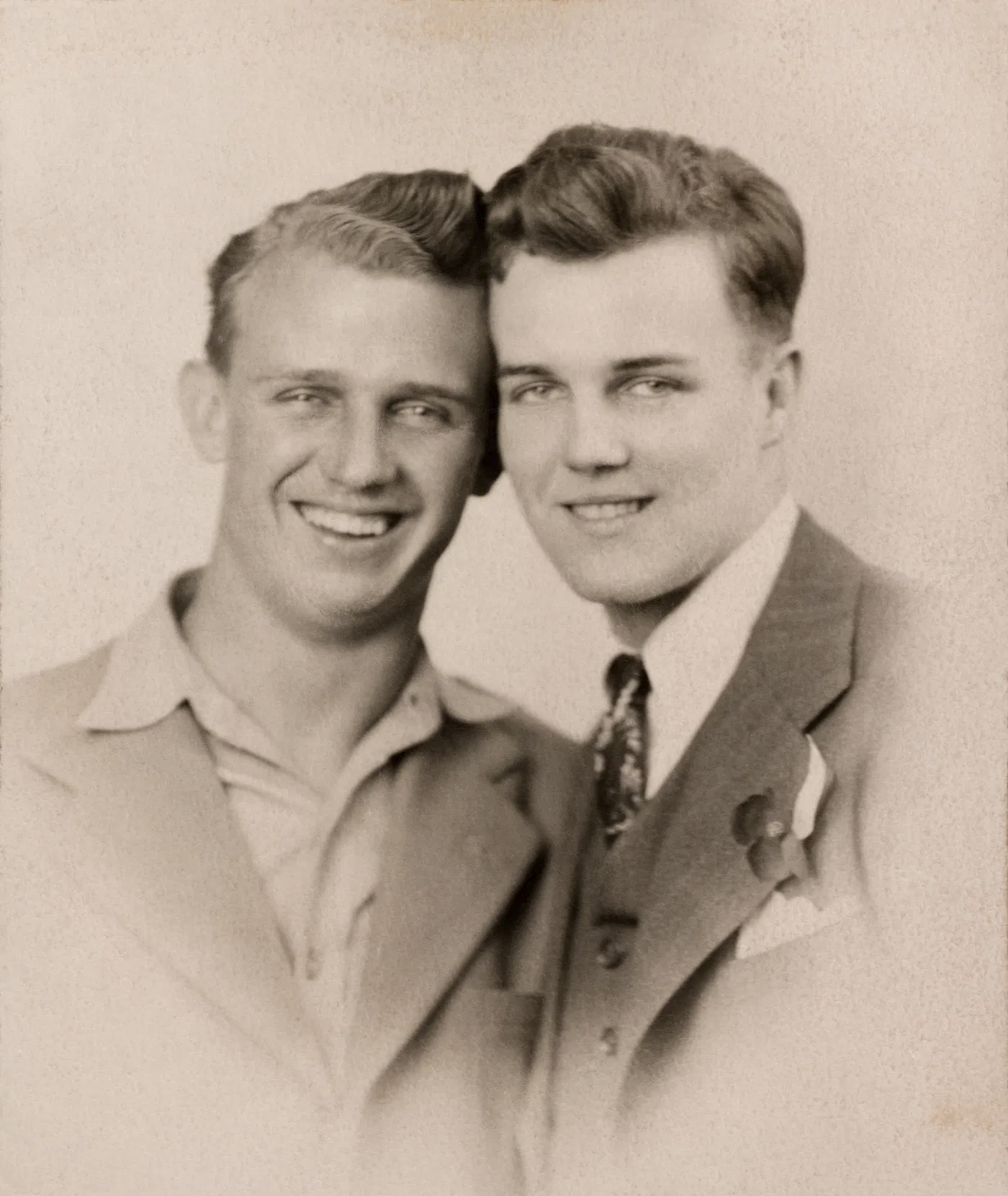
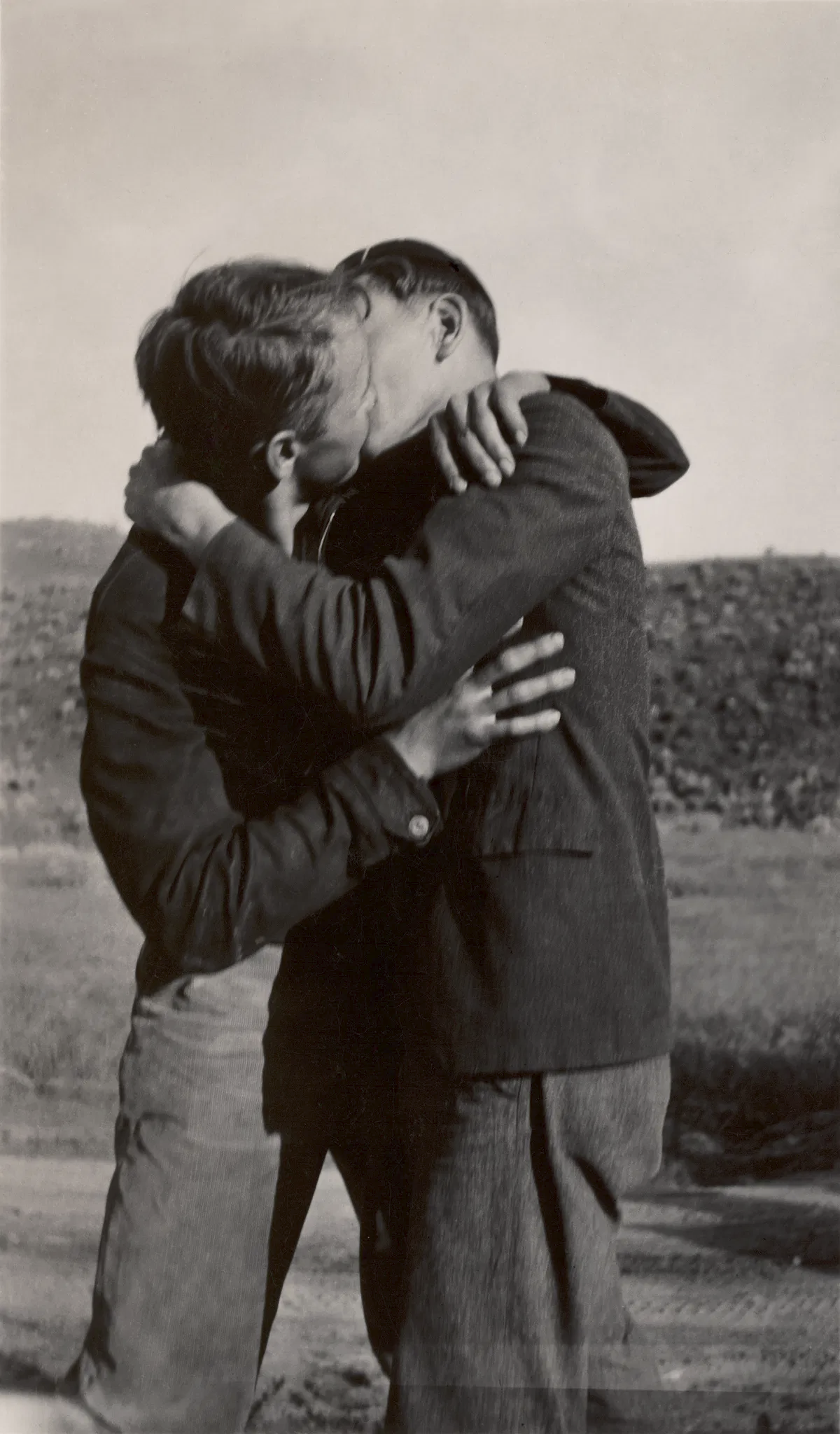
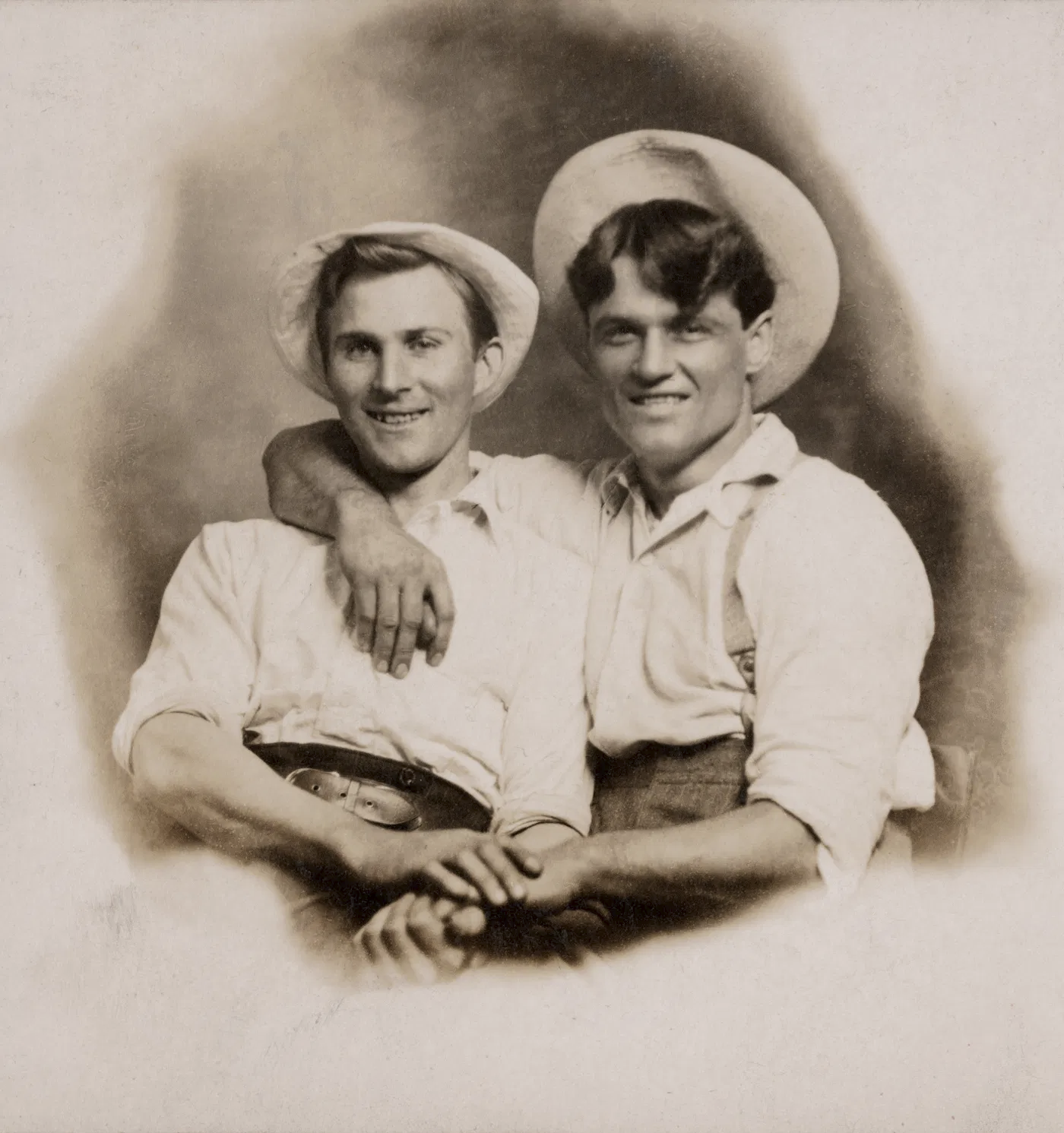
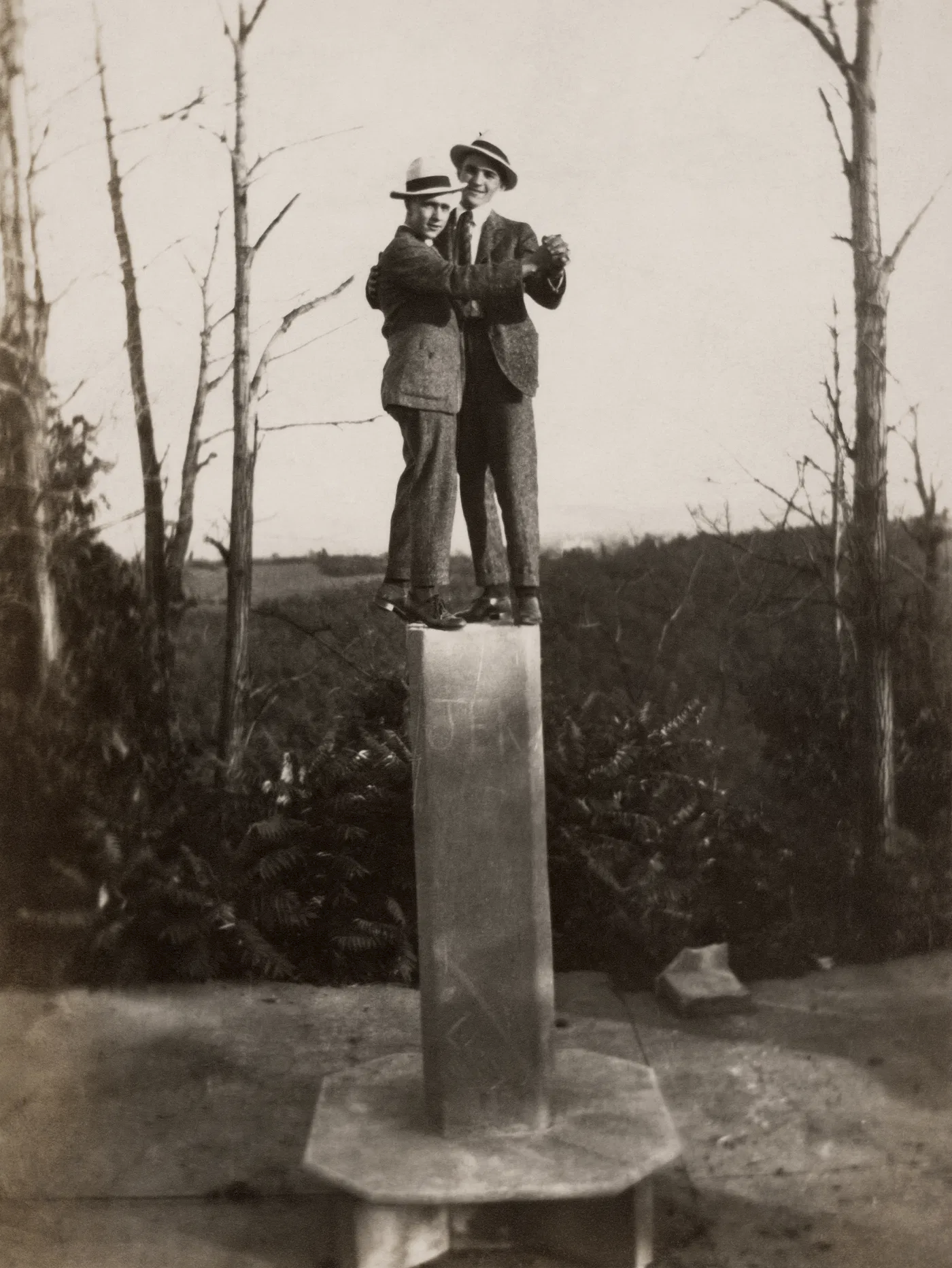
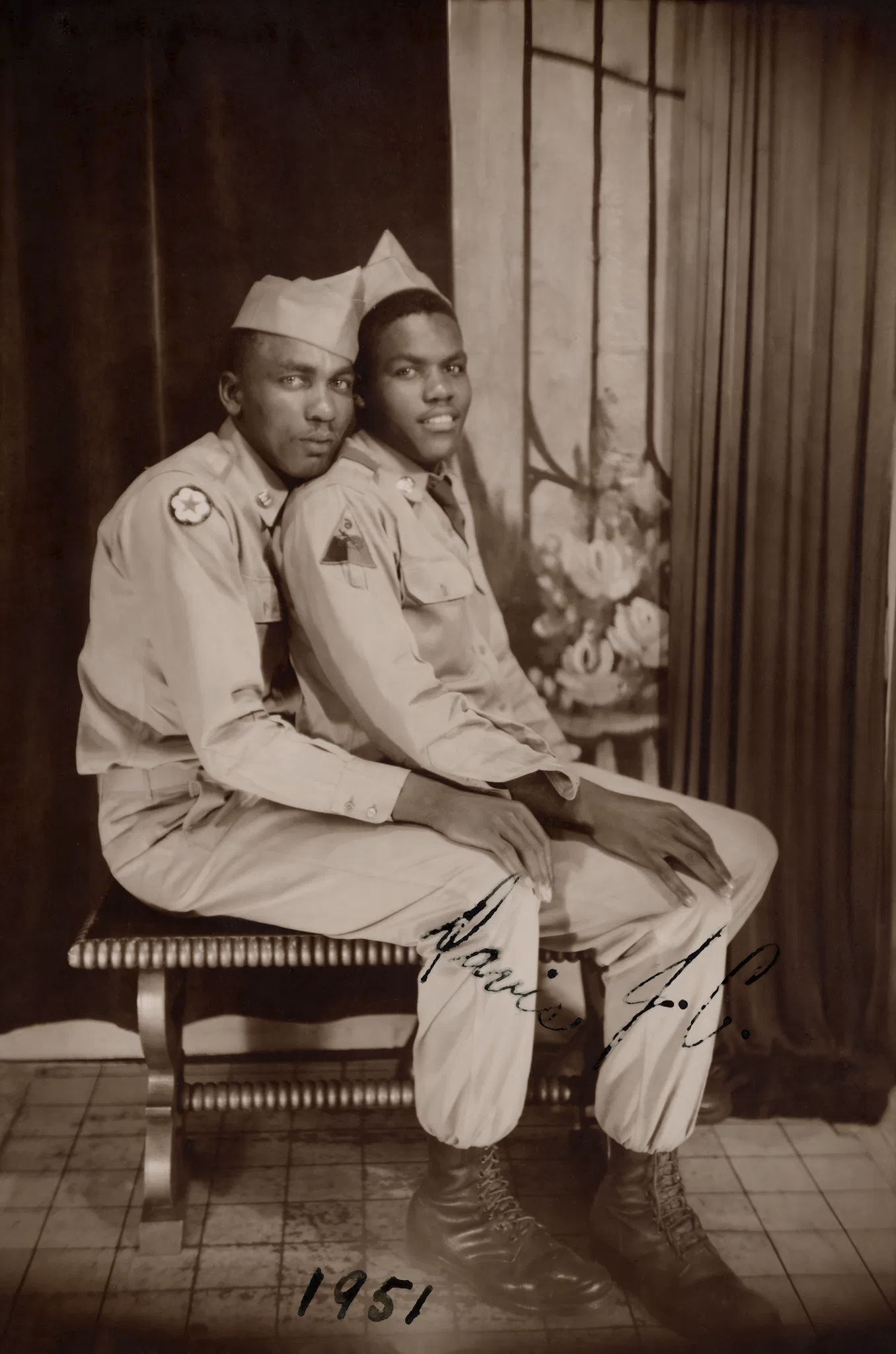
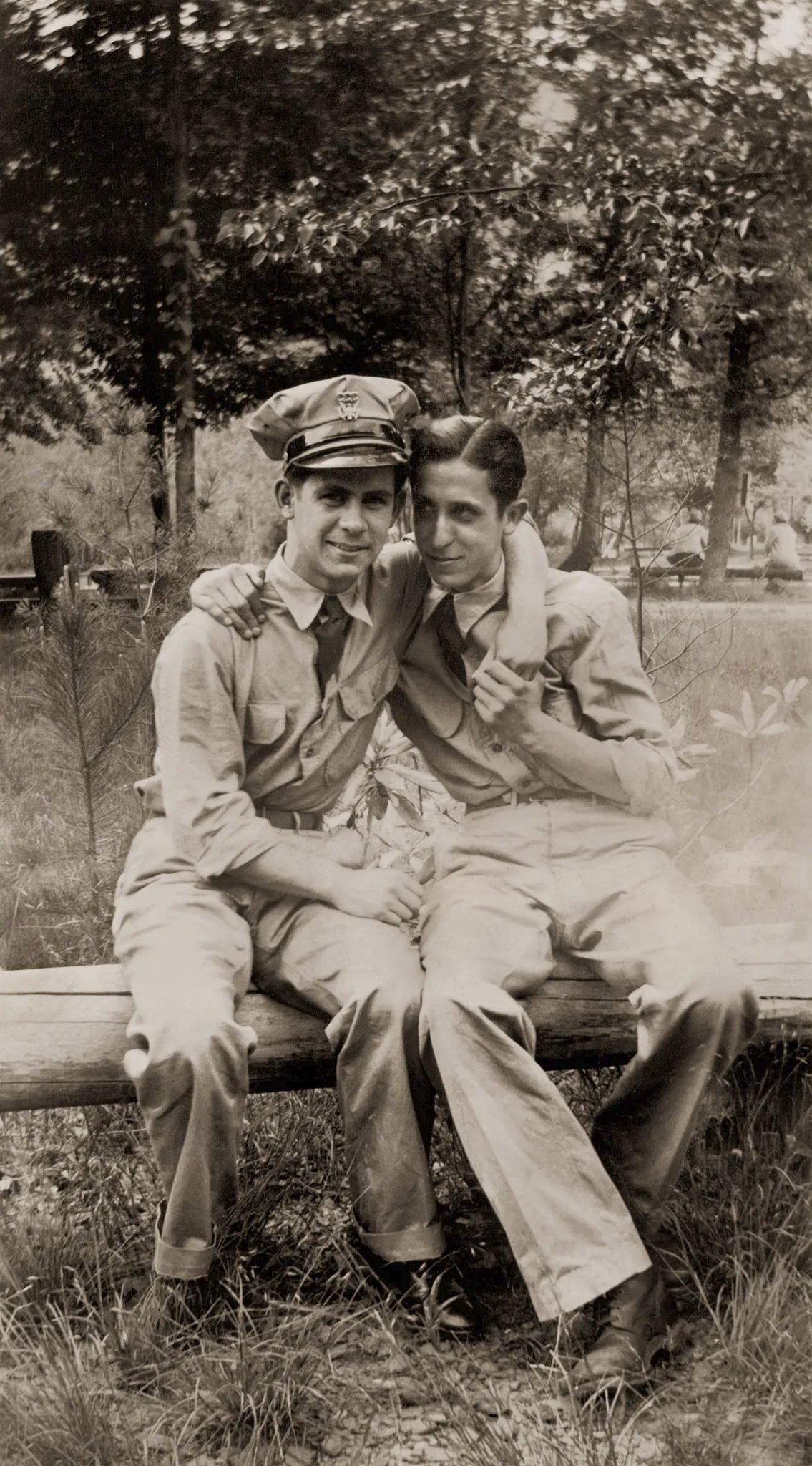
https://www.loving1000.org/
Phiosophie of LOVE
The Spectrum of LOVE
Alan Watts
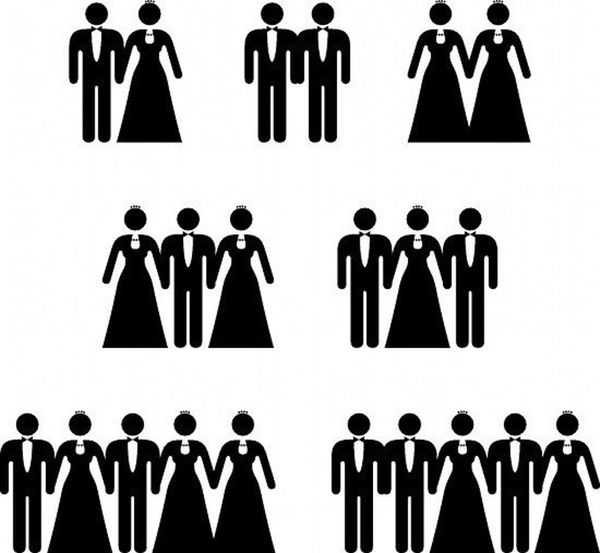
Research:
There are 9 different types of poly relationships:
Vee relationship: one partner dating two others but those two others aren't interested in each other
Triad relationship: three people are all romantically and sexually involved with each other
Quad relationship: four people are romantically/sexually involved with each other. Could either be two couple joining together or a triad including an extra person
Hierarchical Polyamory: in a polycule (polyamorous community) one relationship is prioratized other the others
Non-hierarchical Polyamory: When a polycule doesn't prioritize certain relationships over others. Everyone makes major decision together.
Solo Polyamory: You have partners but you prioritize your own needs and aren't obligated to your partners
Kitchen Table Polyamory: a polycule will treat each other like family. All members get together for family gatherings and provide communal support. Everyone may not be intimately involved but they are all comfortable to hang out.
Parallel Polyamory: A partner isn't interested in members of a polycule that are outside of their partner or partner circle. '
Mono-Poly relationships: One partner is monogamous and one is polyamorous.
https://www.letseatcake.com/what-is-polyamory-types/
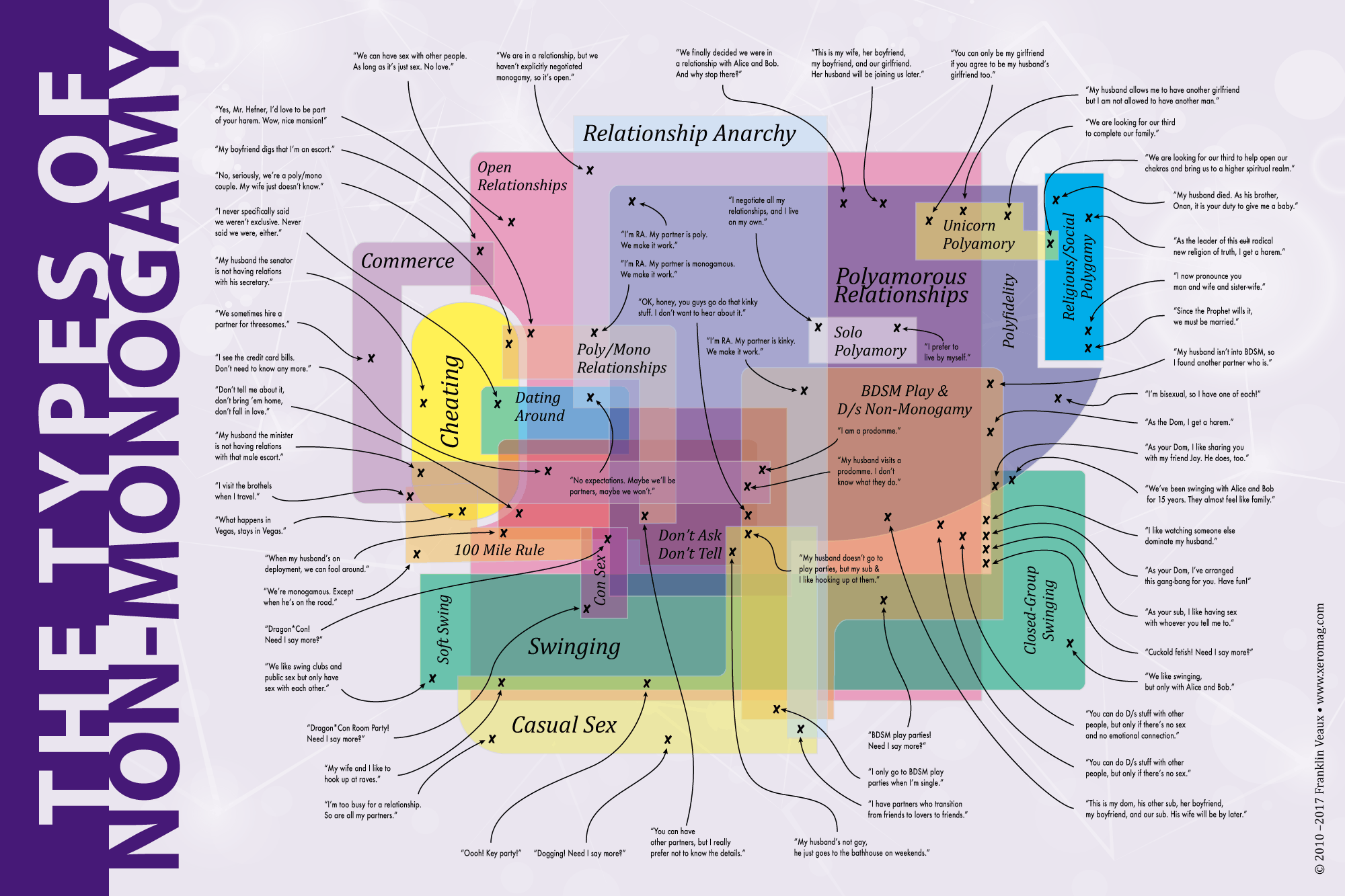
Link to our Final Miro map:
https://miro.com/app/board/o9J_lHfkI5M=/
Mapping is a research process. Also known as 'Cartography'. It is a method to categorize and generate knowledge.
Maps could make relations and process our emplacing invisible be seen. Maps are tools to re-imagine worlds.
Sense, feeling, language etc all become part of mapping. Maps can be: geographical, journeys, carpets etc.
Mapping is a practice of discussing & in-generating relationships between notes & feels which might be physical, virtual or imaginary.
As you work on relations, new relations emerge.
Notes Iris:
Previous maps and some research from miro:
https://miro.com/app/board/o9J_lGjT1G0=/